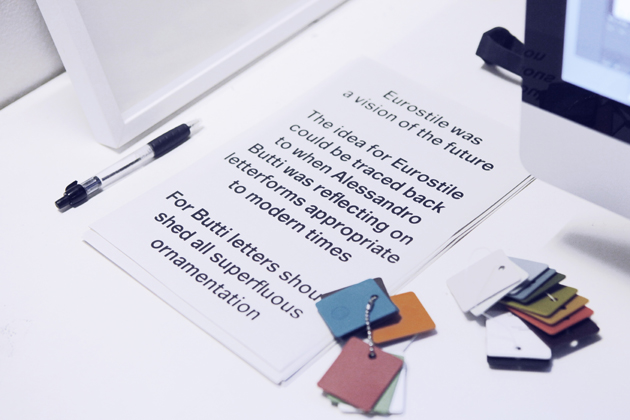Even though a new art publishing fair opens almost every week in some angle of the planet, Italy has been quite slow in keeping up with the rest of the world. One of the few, if not the only, art publishing fairs in Italy is The Book Affair, held in Venice every two years in the occasion of Art Biennale. We have had a pleasant chat about this year’s edition with The Book Affair’s founders, Marco Campardo and Lorenzo Mason, whose curiosity, enthusiasm and wit animate both their graphic design studio Tankboys as well as Automatic Books, a publishing house they co-founded in 2009.
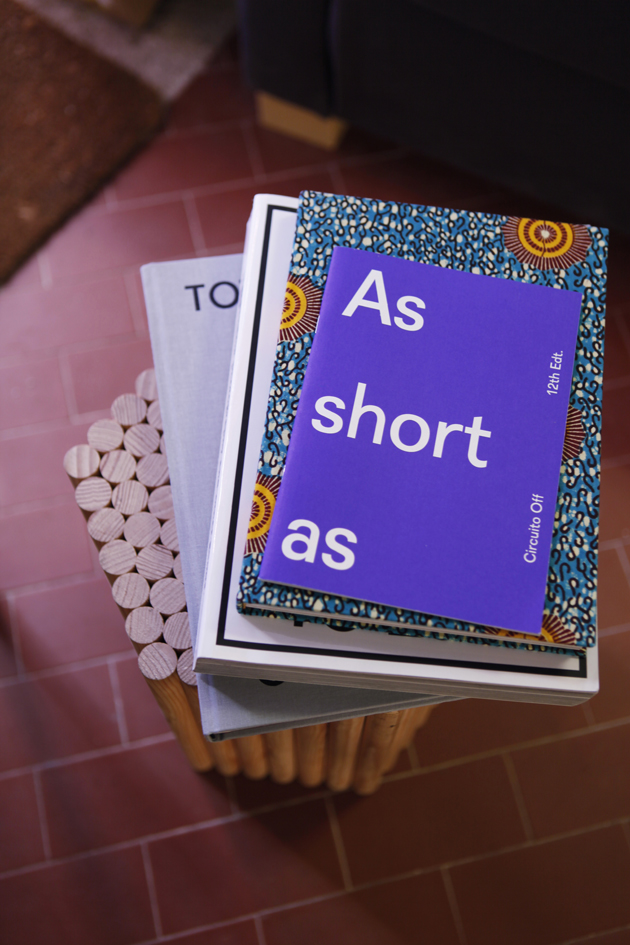
How and why have you decided to organize The Book Affair two years ago? What were your goals and interests?
We decided to organize the fair two years ago, since at that time there were no other art publishing fairs in Italy. Since we founded our own publishing house in 2009, we felt there was a need to promote this kind of production, especially in the context of Art Biennale, an extremely important event in our home town, Venice. It was the perfect occasion to bring together our small ‘independent’ world with what was happening in Venice at that time, opening this kind of production to the visitors of established art environment.
Could you tell us something more about this year’s edition of the fair?
This year’s edition will be much bigger and ‘serious’ than the edition of two years ago, when our resources and experience was much more limited. This year, we will have 30 accurately selected international exhibitors, together with three conferences discussing the role of artists’ books delivered by speakers like Dexter Sinister and David Horvitz. We will also have a series of short lectures and book presentations delivered by artists, designers and photographers like Peter Sutherland with Wonder Room and Studio Blanco, Paul Soulellis or Joshua Simon. In addition to that, there will also be an exhibition about artists’ books curated by Giorgio Maffei, with the goal of examining not only the contemporary production, but also discussing the role of artists’ books throughout the history.
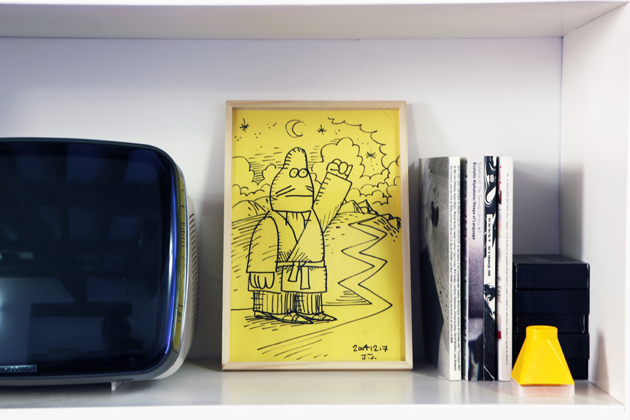
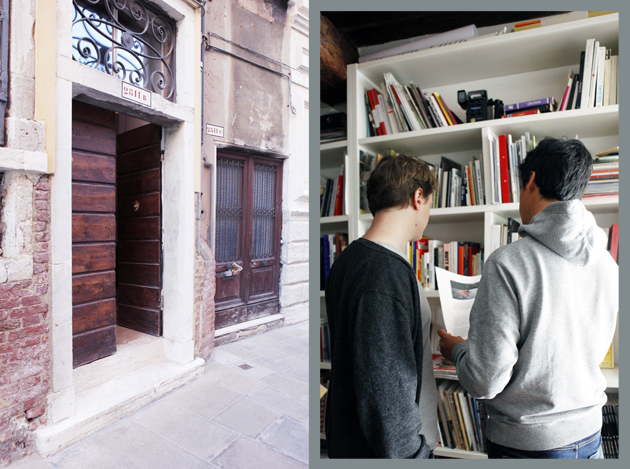
What do you think is the role of publishing in contemporary art world?
There are two basic roles of publishing in the art world. The first role is that of educating and disseminating notions through catalogues, historical books and magazines. The second ‘modus operandi’ sees books as an instrument in promoting and communicating the work of an artist in an economical and, thus, potentially wide-spread way. This is the basic reason why artists throughout the history have produced books, since it was a fairly economical way to disseminate their work.
Looking at today’s production, how can we distinguish artists’ books from just nicely printed books? What is the quality that allows us to classify them as artists’ books?
The interesting thing about our fair is that it brings together collectors like Giorgio Maffei and contemporary young publishers, allowing a direct confrontation between some of the most significant artists’ books produced in the last 50 years with contemporary production. By comparing these two worlds, one cannot but wonder how some books have become widely known without being particularly well produced. This demonstrates how you cannot be certain in judging this kind of production, it depends a lot on the instinct of a curator or a publisher.
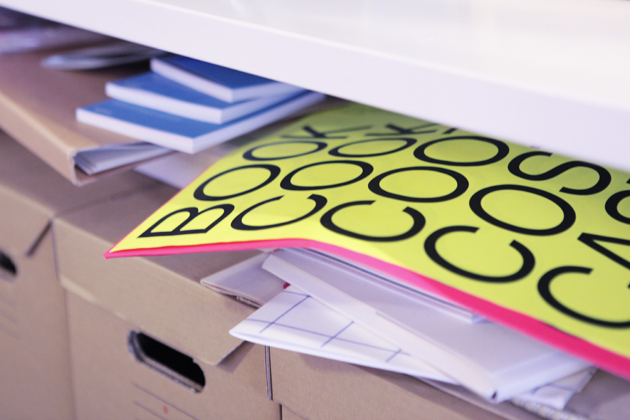
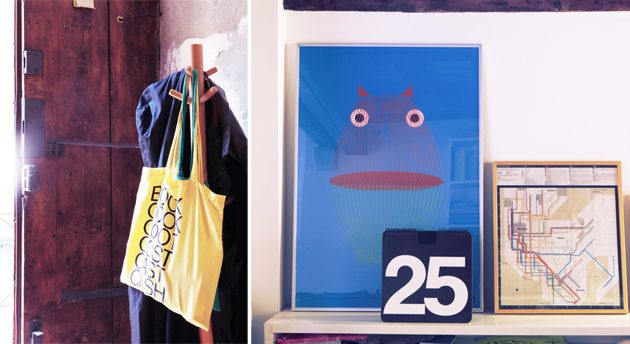
Why do you think there is a renewed interest in artist’s books? How do you contribute to this discussion with your event?
Probably it relates to the fact that the more we live in a digital environment, the more we feel the need to touch physical objects. Our involvement with these kinds of topics is due to the fact that we as publishers needed to find possible answers to some of the questions we had regarding the role of artists’ books. It was necessary for us to create a discussion around this topics with protagonists who have witnessed its evolution since the ’60, like Giorgio Maffei or Franco Vaccari.
Your main occupation is graphic design with Tankboys studio, what is the interest behind your occupation with projects like this fair that don’t enter directly in your professional sphere?
We believe that a graphic design as profession cannot exist without a concrete connection with other contingent worlds, like art, publishing or product design. Graphic design isn’t an isolated sphere; a book cannot exist without the contents that form it; a poster cannot exist without an event that it refers to. We feel the need to be directly involved with many different projects to be able to successfully produce our work, be it as authors, curators or publishers.
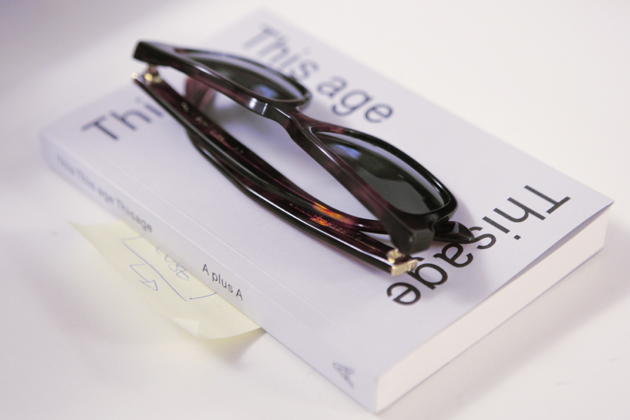
Why do you think so many young designers seek alternative venues and self-produced projects?
Well, we don’t believe this is uniquely a contemporary condition. Designers like Bruno Munari, Enzo Mari or Bob Gill have always produced books and other projects that didn’t strictly relate to their day-to-day activities.
What would be your ideal project to work on as Tankboys?
We would like to cite Enzo Mari who, when asked the same question, replied that he would have loved if someone had commissioned him to design the first ball ever. So, we would like to be the first ones to design something that is both brilliant, timeless and perfect at the same time.
Who would be your ideal client as Tankboys and what would be your ideal book to publish as Automatic Books?
One interesting book that we would have loved publishing is Guy Debord’s book “Mémoires”, bound with sandpaper so that it would destroy other books placed next to it on the bookshelf.
